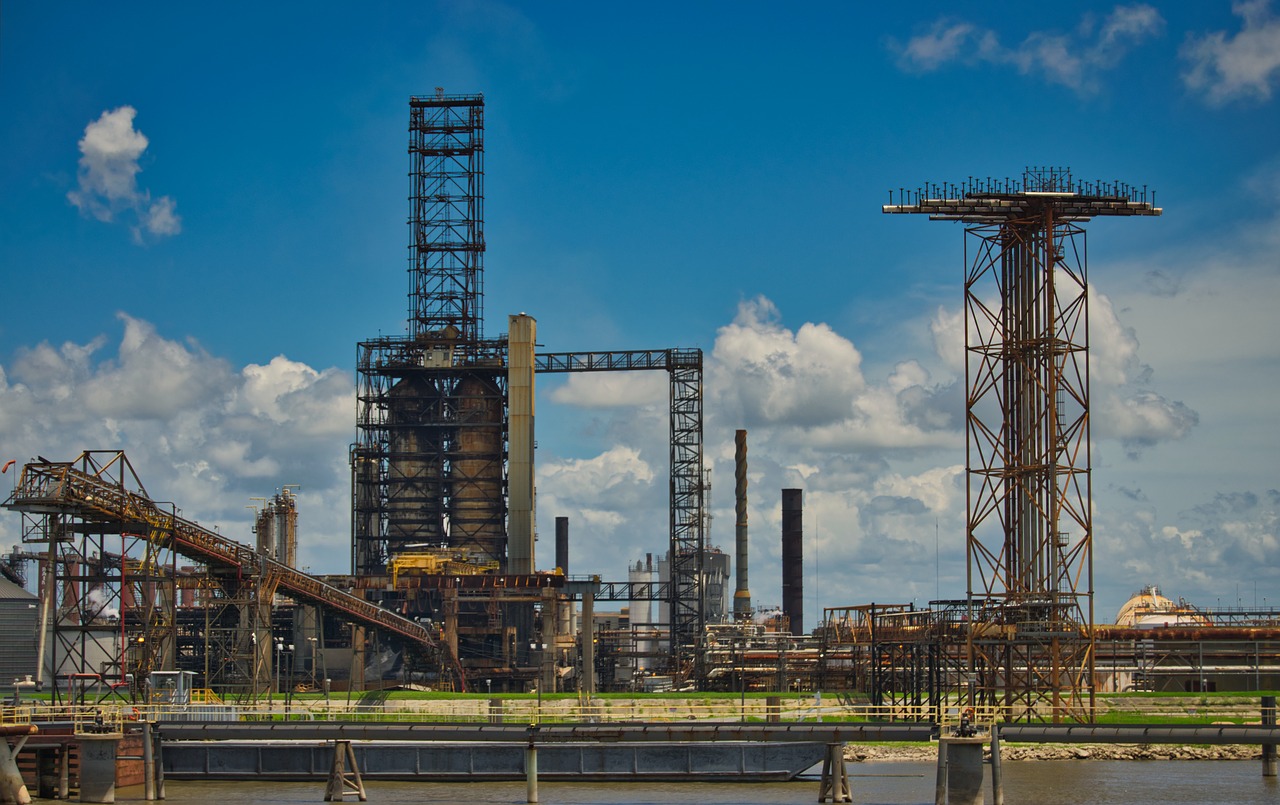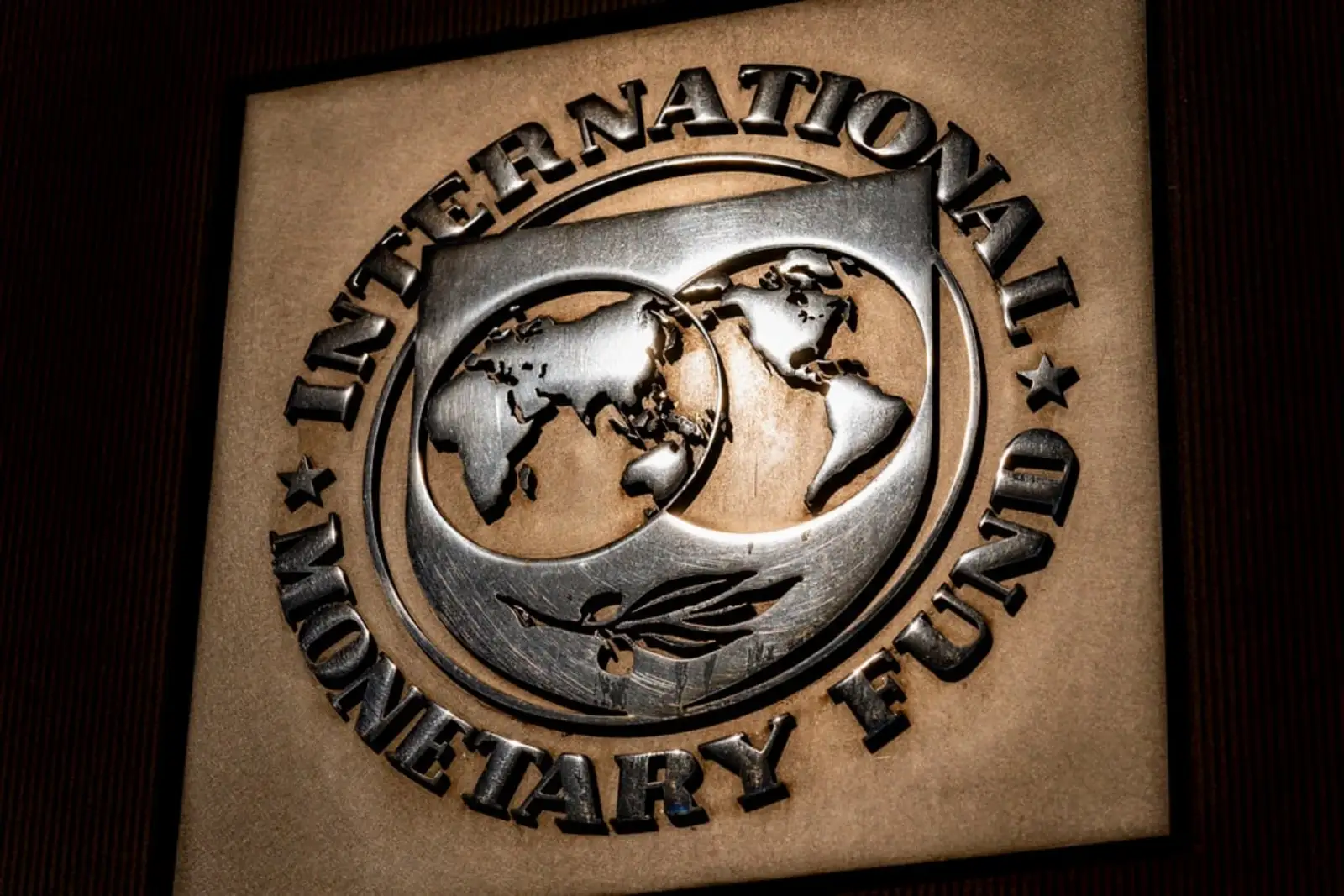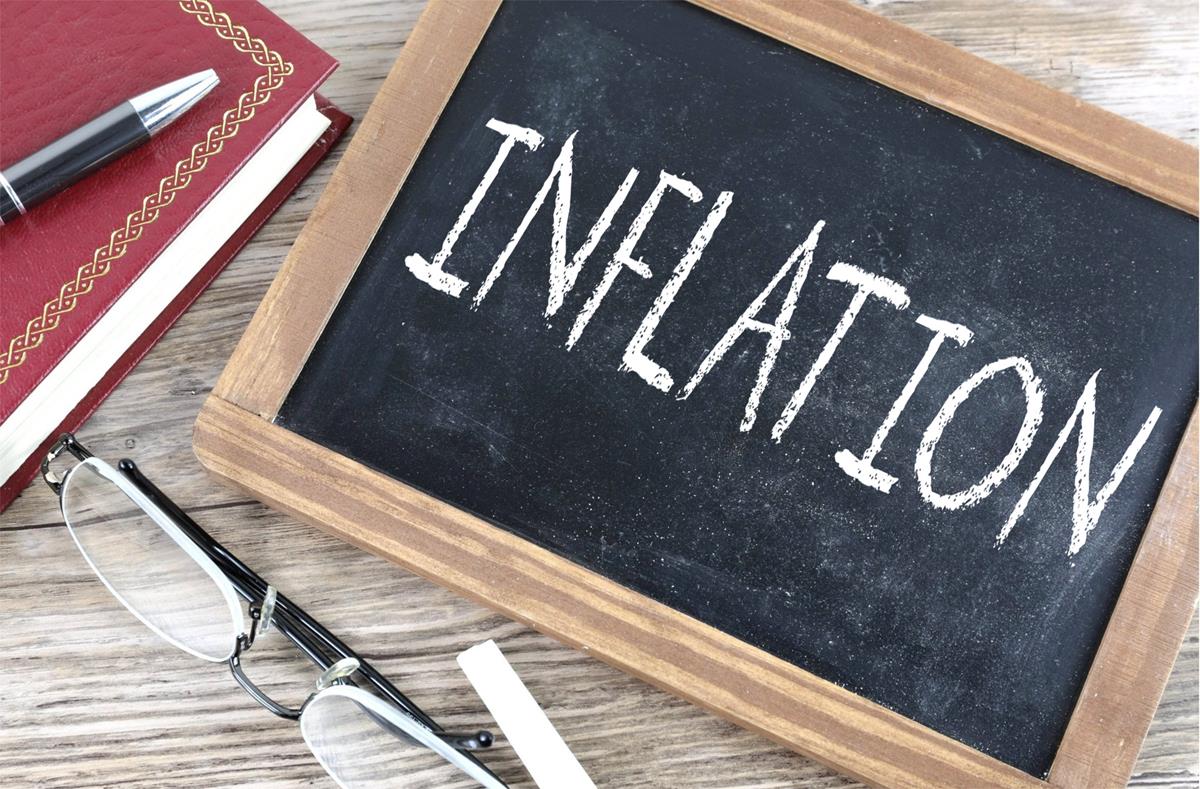By all accounts, a 1% jump in oil prices might not sound like much. After all, it’s just 64 cents more on a barrel of Brent crude, and 62 cents on West Texas Intermediate. But in the complex world of global economics and geopolitics, even the smallest ripples can signal waves of change. And this week, that ripple was sparked by nothing more than hope — hope that the two largest economies in the world, the United States and China, might finally be ready to talk.
It wasn’t a signed treaty or a formal announcement. It was a whisper — a Bloomberg report quoting an anonymous source suggesting that China is willing to return to the negotiating table, provided it’s met with more respect from the U.S. administration and a new point of contact. That’s all it took for the oil markets to blink and reconsider the gloomy picture they’d painted just hours earlier.
Oil: The Global Mood Ring
Oil prices are more than just numbers—they are reflections of how the world feels about itself. When optimism rises, so do prices. When anxiety takes hold, markets recoil. Today’s modest uptick, after a string of declines this month, is a signal that markets are hungry for signs of peace and economic recovery. A 1% jump doesn’t erase the nearly 13% drop seen this month, but it offers a pause, a breath, a glimmer.
Giovanni Staunovo, a UBS analyst, captured this sentiment succinctly: “A de-escalation of the trade war between the U.S. and China would reduce the downside in economic growth prospects and limit the downside for oil demand growth.” That’s not just analyst-speak — it’s a reflection of what millions of people, from factory workers to truck drivers to tech entrepreneurs, are feeling around the world.
Why Trade Talks Matter Beyond Politics
To understand why this speculation matters, one must understand what’s really at stake. When two economic giants like the U.S. and China clash, the tremors are felt across continents. Factories pause production. Investors get jittery. Families worried about their grocery bills cut back on spending. Oil, as the bloodstream of modern economies, responds immediately.
And this isn’t just about dollars and cents. It’s about livelihoods. When tariffs are imposed, jobs in export sectors are threatened. When energy demand slows, entire supply chains — from oil rig workers in Texas to dock laborers in Singapore — feel the squeeze. The oil market reacts to these fears, and to these hopes, in real time.
Growth, But at What Cost?
Interestingly, the optimism this week was also tinged with realism. China’s GDP growth of 5.4% in Q1 2025 was better than expected, but the reasons behind it offer little comfort. Much of that growth was the result of exporters racing to ship goods before new U.S. tariffs took effect. It’s a temporary surge, not a sustainable rebound.
As Tamas Varga from PVM Oil put it, this kind of performance “will not be repeated” if trade tensions continue to escalate. It’s like sprinting the first 100 meters of a marathon — impressive, but ultimately unsustainable.
The Supply-Demand Dilemma
Meanwhile, the International Energy Agency (IEA) and OPEC are both cutting their oil demand forecasts, citing slower global growth and ongoing tariff wars. The IEA now expects demand to grow by just 730,000 barrels per day in 2025 — the slowest in five years. That’s a sobering projection, especially for oil-producing nations counting on higher revenues to balance their budgets.
On the supply side, U.S. crude inventories are rising, suggesting demand isn’t keeping pace. Gasoline and distillate stocks, however, are down — a small sign of domestic consumption holding up, for now.
But let’s be honest: the average person isn’t combing through stockpile data or IEA bulletins. They’re looking at prices at the pump, electricity bills, and the cost of everyday goods. And while a 1% rise in crude oil might not yet show up in your next fuel bill, the direction it takes in the coming weeks could make a big difference.
The Human Side of the Barrel
There’s a broader, more personal narrative here. In oil markets, speculation often precedes reality. But behind every data point are real people making real choices. A small farmer in Multan who depends on diesel for his water pump. A single mother in Ohio watching gas prices to plan her commute. A truck driver in Shenzhen unsure if his routes will be cut due to declining shipments.
Oil may be traded in numbers, but its story is deeply human.
This week’s rise, modest as it was, is an echo of the world’s deep desire for stability — and perhaps a plea from the markets to the politicians to find common ground.
What the Future Holds
No one is suggesting that this small increase means the trade war is over or that the economy is roaring back. In fact, analysts from UBS, BNP Paribas, and HSBC have all trimmed their forecasts for crude prices in recent weeks. They’re preparing for more turbulence — not less.
The bigger question is: can diplomacy catch up with the markets’ cautious optimism?
The Trump administration’s tariffs and China’s retaliatory duties have already distorted supply chains and changed the flow of global commerce. A reversal or softening in tone could restore some normalcy, but it won’t be quick. Trust, once broken, takes time to rebuild.
If talks do resume, and if they’re constructive, we may see more than a 1% jump. We might see the beginning of a broader economic stabilization, a lifting of pressure on global consumers, and a much-needed morale boost for battered industries.
If they don’t, the markets will remember this bounce as just a flicker of misplaced hope.
The Takeaway
So, what does a 1% rise in oil really mean?
It means the world hasn’t given up on peace.
It means that even the rumor of dialogue between Washington and Beijing can move global markets.
It means that behind complex charts and trading desks are people — everyday people — whose lives are quietly affected by decisions made in diplomatic boardrooms and oilfields thousands of miles away.
In a world that often feels like it’s driven by division and uncertainty, this modest jump in oil prices is a small but telling reminder: hope still holds sway. And sometimes, that’s all it takes to lift us — even if it’s just by a dollar.




